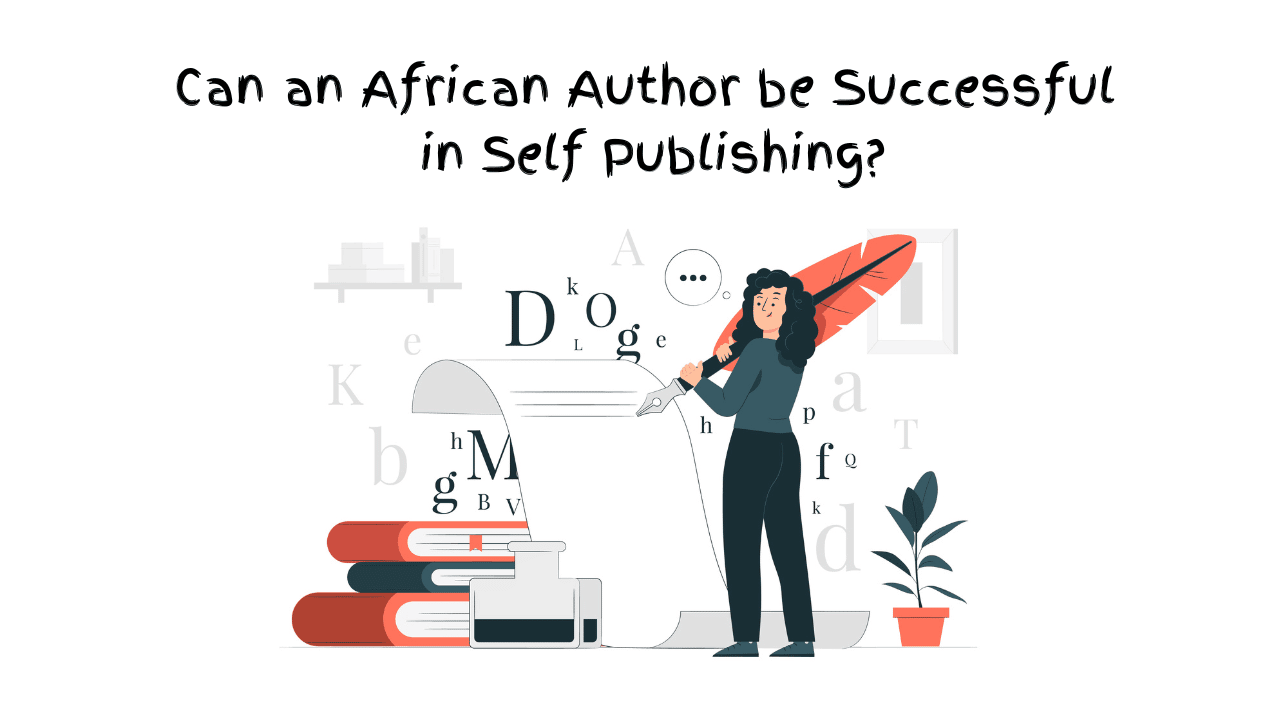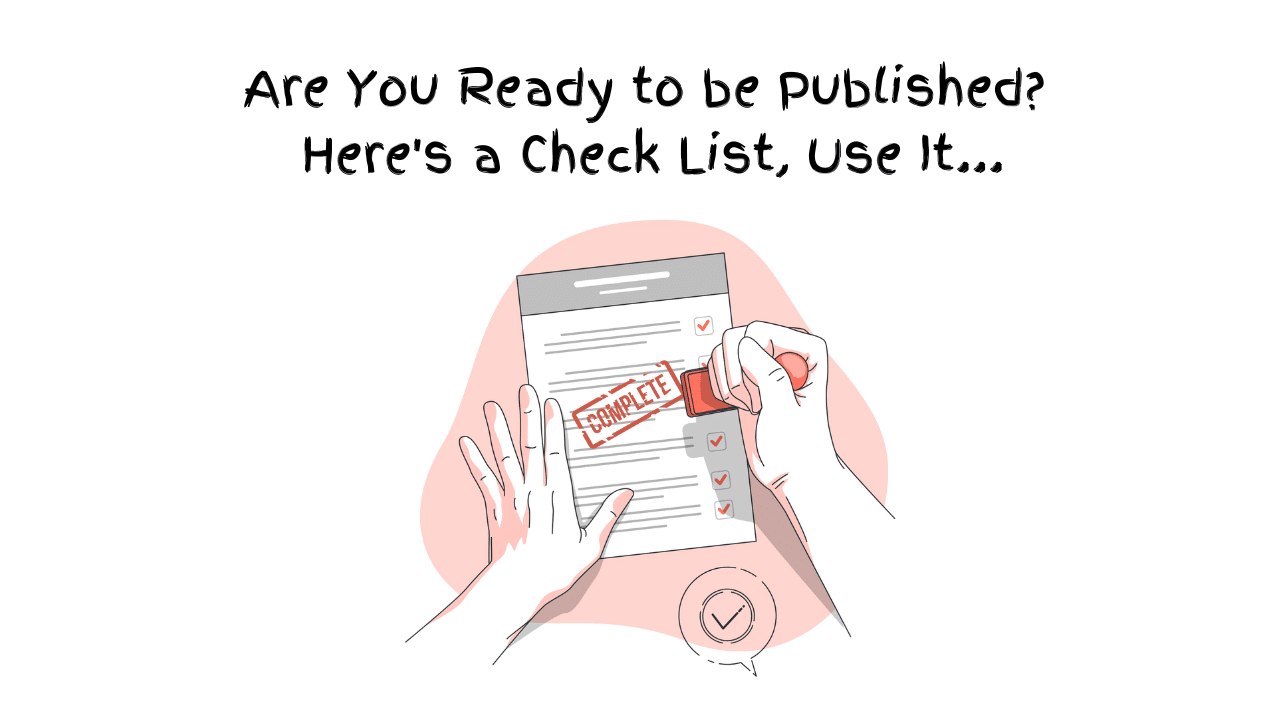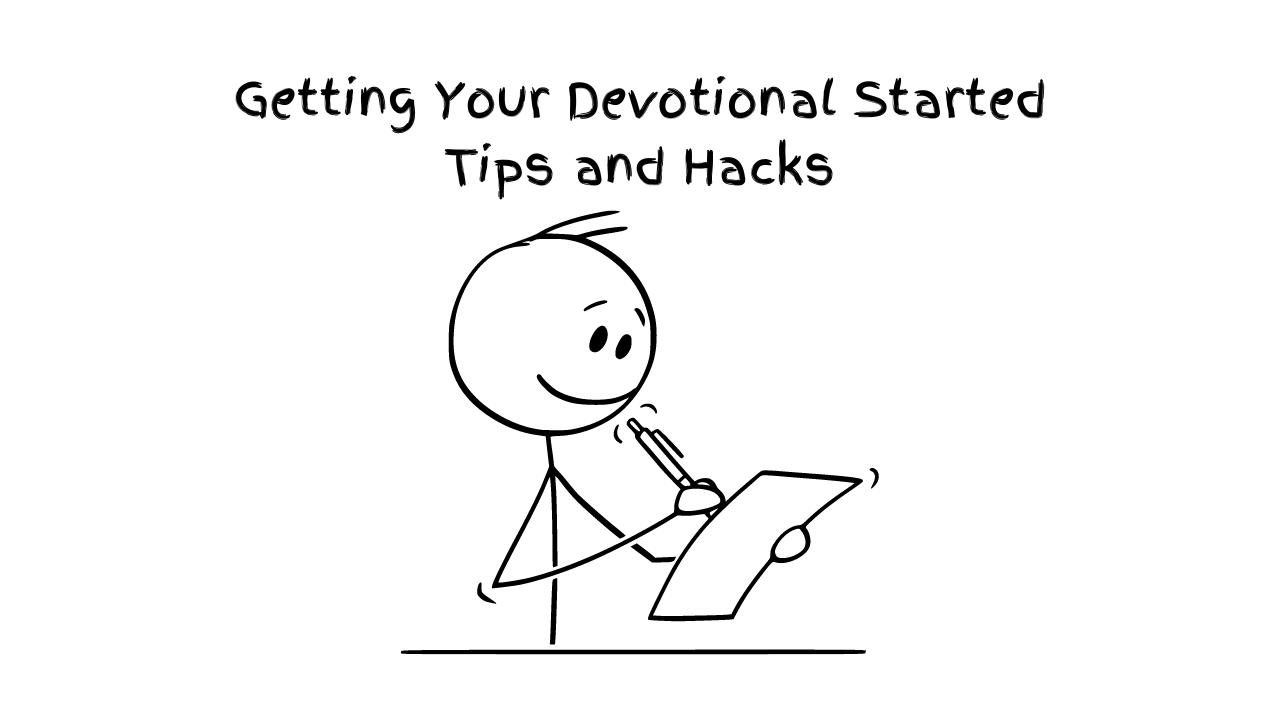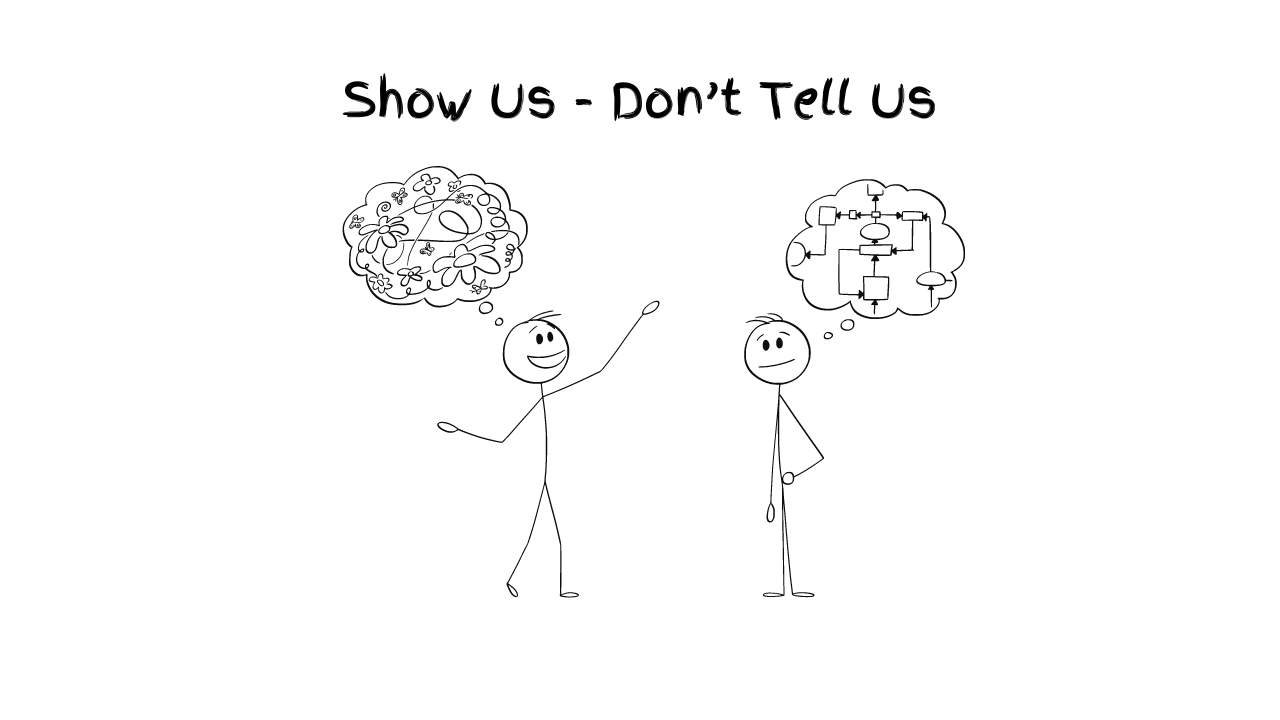According to the Oxford Dictionary, a table of content shows the things that are held or included in something. In the book inudstry, it is a list of the chapters or sections given at the front of a book or periodical.
It is usually on a page at the beginning of the book and indicates chapters’ and their corresponding page numbers. In addition to chapter names, it can include bullet points of the sub-chapter headings or subsection headings.
𝐖𝐡𝐚𝐭’𝐬 𝐭𝐡𝐞 𝐏𝐮𝐫𝐩𝐨𝐬𝐞 𝐨𝐟 𝐚 𝐓𝐚𝐛𝐥𝐞 𝐨𝐟 𝐂𝐨𝐧𝐭𝐞𝐧𝐭𝐬?
It serves two purposes:
(i) It gives readers an overview of the book’s contents and organization.
(ii) It allows readers to go directly to a specific section of the book.
𝐈𝐬 𝐓𝐡𝐞𝐫𝐞 𝐚 𝐃𝐢𝐟𝐟𝐞𝐫𝐞𝐧𝐜𝐞 𝐁𝐞𝐭𝐰𝐞𝐞𝐧 𝐂𝐨𝐧𝐭𝐞𝐧𝐭𝐬 𝐚𝐧𝐝 𝐓𝐚𝐛𝐥𝐞 𝐨𝐟 𝐂𝐨𝐧𝐭𝐞𝐧𝐭𝐬?
No. These two words are often used interchangeably.
𝐈𝐬 𝐓𝐡𝐞𝐫𝐞 𝐚 𝐃𝐢𝐟𝐟𝐞𝐫𝐞𝐧𝐜𝐞 𝐁𝐞𝐭𝐰𝐞𝐞𝐧 𝐓𝐚𝐛𝐥𝐞 𝐨𝐟 𝐂𝐨𝐧𝐭𝐞𝐧𝐭𝐬 𝐚𝐧𝐝 𝐈𝐧𝐝𝐞𝐱?
Yes. These are two different sections in a book. The main difference between the two is that table of contents consists of main headings, titles, and page numbers associated with it whereas an index lists briefly the key elements, important words, concepts, etc from each chapter.
𝐈𝐬 𝐀 𝐓𝐚𝐛𝐥𝐞 𝐨𝐟 𝐂𝐨𝐧𝐭𝐞𝐧𝐭𝐬 𝐂𝐨𝐦𝐩𝐮𝐥𝐬𝐨𝐫𝐲 𝐟𝐨𝐫 𝐀𝐥𝐥 𝐁𝐨𝐨𝐤𝐬?
No. Most fictional novels and children’s short story books do fine without a table of contents.
On the other hand, most nonfiction and self help books benefit from the use of a table of contents.
To determine if your book needs one or not, you have to determine if the table of contents will benefit your readers when they have an overview of what to expect in the book.
𝐇𝐨𝐰 𝐭𝐨 𝐖𝐫𝐢𝐭𝐞 𝐚 𝐓𝐚𝐛𝐥𝐞 𝐨𝐟 𝐂𝐨𝐧𝐭𝐞𝐧𝐭𝐬
𝐒𝐭𝐞𝐩 𝟏: Start on a new page and put the heading as CONTENTS or TABLE OF CONTENTS. It should be on its own page, so do not include the introduction or a dedication on this page.
It should come immediately after Dedication page ie Title Page, Verso Page, Dedication then Table of Contents.
𝐒𝐭𝐞𝐩 𝟐:: List the headings of your book in order of appearance starting with chapter one to the last chapter. First include only the major titles or headings of each of the chapters. Write them down vertically on the page, using the same font and font size for each heading.
𝐒𝐭𝐞𝐩 𝟑: Add subheadings if applicable. The subheadings will be the major subtopics under the main chapters of the book.
They should match the exact titles in the book. Write down all subheadings underneath the applicable main chapter. It is optional to list the subheadings. At the end, you should aim to get a table of contents that best invites your reades to venture into your book. Sometimes less is more appealing.
𝐒𝐭𝐞𝐩 𝟒: Write page numbers for each chapter and subheadings where each starts in the book. Only include the page number that marks the beginning of the chapter and subheadings. You do not need to include in the table of contents, the page number of where the chapter ends.
Before handing your manuscript to a publisher or editor, confirm that the numbering is well matched.
A designer will later work on the numbering professionally during the layout phase of your book. However, it is important for you to do a good job self editing the best way possible to give your book agents a better chance to further improve on the standards.
𝐔𝐬𝐞 𝐓𝐞𝐜𝐡𝐧𝐨𝐥𝐨𝐠𝐲: Instead of manually working on the table of contents, you can do it automatically within your word processor. Find more info from Microsoft Support.
Next we will look at Are There Differences Between Preface, Prologue, Prelude and Introduction?
Article by Muthoni Mercy Omukhang National Director at CLC Kenya - impacting lives with Christian literature || Convener of African Christian Authors Book Award - Recognizing, Celebrating and Promoting quality in Christian authorship in Africa.
Step1: Prepare Yourself to Get Published…
Are you ready to publish your book? Here is how you need to prepare. Have your manuscript ready and explore the oprions available today. If you are stuck in getting it started or finished, there is several ways to get help. Explore and get published today!
Read MoreStep2: Let’s Talk About Publishing
The self-publishing landscape has changed considerably in the past two decades with new technologies such as the Internet, and the $1 billion markets continuing to change at a rapid pace. Increasingly, there are numerous alternatives to traditional publishing, and self-publishing is becoming the first choice for writers.
Read MoreStep3: Factors to Consider Before Self Publishing
Jesus, while talking to the disciples about following Him, asked them to count the cost. The same Scripture applies to authors today - you have to count the cost from the beginning to ensure you don't stop at some point in your book project's journey.
Read MoreStep4: Requirements for Self Publishing
Are you ready to be published? Use our 4 points check list and tick 'Published Author' box so you can move on to the next God-given assignment...
Read MoreStep5: Publishing Steps – Review
Is your manuscript due for a review towards getting published? The major focus during manuscript review is the general quality of the book. It is important to establish the overall completeness, scope and readership of the manuscript and whether the presentation and accessibility of the book is suitable. #RaisingAfricanVoices
Read MoreStep5a: How to Write a Book Dedication
A book dedication is a way for you, the author to bestow a high honor on a person (or a group of people) you wish to praise or otherwise spotlight. This dedication note is often short and usually focused on one person (or a specific group of people). It’s supposed to be personal, rather than professional. It goes on the dedication page, which is in the very front of the book, after the title page. Here's how to write one. #RaisingAfricanVoices
Read MoreStep5b: How to Write a Book’s Foreword
A well-written foreword can function as the ultimate third-party recommendation or endorsement for your book, generating interest and helping when it’s time to market your book. Here are the benefits of forewords and a guide to writing one. #RaisingAfricanVoices
Read MoreStep5c: How to Write a Book Introduction
Are you stuck on writing your book introduction? Here's how to... Hook the reader right from the beginning with a personal story from your life, a funny story, a joke, or just an interesting fact that causes him/her to want to continue reading. #RaisingAfricanVoices
Read MoreStep5d: How to Write a Book’s Conclusion
If your readers are in the conclusion chapter, it also means they read the whole book, they liked it, and now they want you to wrap it up. So don’t rash it. Give them what they want. Here's how to write a good conclusion for your book. #RaisingAfricanVoices
Read MoreStep5e: How to Write an Author’s Bio
People are looking for reasons why they should spend their time reading what you have written. You need to instill confidence in your readers that you are knowledgeable on the subject matter by writing an appropriate bio. Here's how to write one. #RaisingAfricanVoices
Read MoreStep5f: How to Write a Book’s Blurb
A blurb is a short yet descriptive account of the book that goes on the back cover or within the book sleeve of a hardcover book. It includes any information that represents the book best and intrigues the readers and shoppers to pick the book off the shelves. Here's how to write one... #RaisingAfricanVoices
Read MoreStep5g: What to Include in the Copyright Page and Complete the Copyrighting Process
Copyright law gives creators of original material the exclusive right to further use and duplicate that material for a given amount of time, at which point the copyrighted item becomes public domain. Here's what you need to know. #RaisingAfricanVoices
Read MoreStep5h: How to Write an Acknowledgment
An acknowledgment section in a book provides the space to go into lenghty details in thanking the people who were sources of inspiration and support for your book and life. Here'show to write one. #RaisingAfricanVoices
Read MoreStep5i: How to Write a Table of Contents
A table of content shows the things that are held or included in something. In the book industry, it is a list of the chapters or sections given at the front of a book or periodical. Here's how to write one... #RaisingAfricanVoices
Read MoreStep6a: How to Write a Devotional
A devotional book is a literary work designed to provide spiritual inspiration, guidance, and reflection for readers seeking to deepen their faith and relationship with God.
Read MoreStep6b: How to Write a Captivating Novel
A great novel is a complex interplay of various elements, but some key components often contribute to its greatness.
Read MoreStep6c: How to Use Dialogue in Story Writing
Effective dialogue is characterized by authenticity, clarity, and relevance to the story. It should sound natural and believable, reflecting the unique voices and perspectives of the characters. Dialogue tags, such as "said," "asked," and "replied," help identify speakers and maintain clarity in conversations.
Read MoreStep6d: How to Use ‘Show Don’t Tell’ in Story Writing
"Show don't tell" is a fundamental principle in storytelling that encourages writers to use descriptive language, actions, dialogue and scenes to reveal information to the reader, rather than simply telling them outright.
Read MoreStep6e: How to Elevate a Flat Non-fiction Christian Book to Make it Personal and Engaging
"Show don't tell" is a fundamental principle in storytelling that encourages writers to use descriptive language, actions, dialogue and scenes to reveal information to the reader, rather than simply telling them outright.
Read MoreStep6f: Ethical ways to use other people’s public stories in a non-fiction Christian book
"Show don't tell" is a fundamental principle in storytelling that encourages writers to use descriptive language, actions, dialogue and scenes to reveal information to the reader, rather than simply telling them outright.
Read More
















